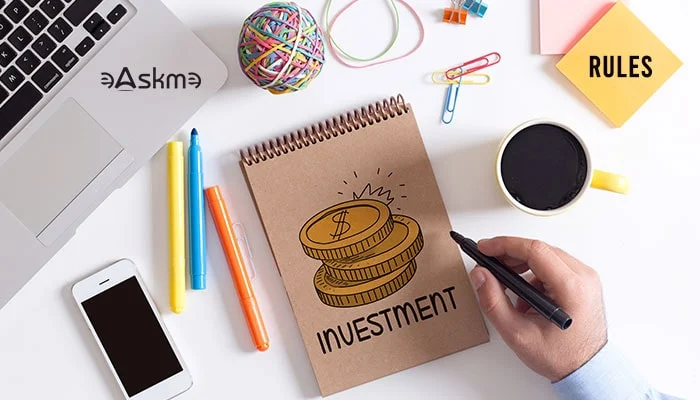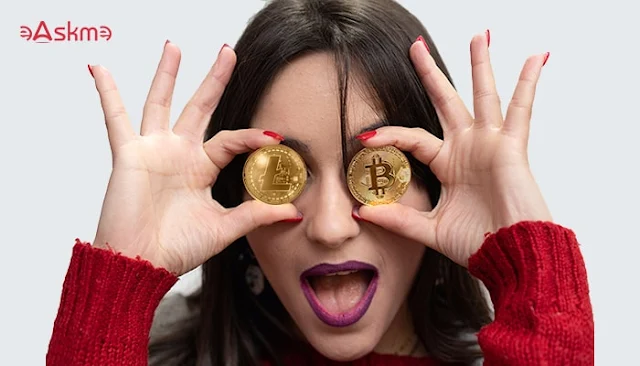Every person wants to grow his money with investment. But not every investor is making massive returns. If you struggle to get the best out of your crypto and real estate investment, then lessinvest.com is for you.
It is a financial literacy platform that educates you to invest wisely.
Lessinvest guides you through financial commitment to reach the desired goals.
With financial knowledge, you can increase your investment in stocks, real estate, bonds, digital assets, and cryptocurrencies.
Here is everything you must know about lessinvest .com
Lessinvest.com:
Lessinvest is a financial wellness platform. It provides tips, strategies, and expert advice about credit, debt management, entrepreneurs, passive income, retirement planning, bonds, cryptos, ETFs, real estate, stocks, budgeting, saving, and spending.
Lessinvest.com was registered on 25th October 2022 in Iceland.
With its team of financial experts, Lessinvest revolutionized the modern era of investing. It provides smart investment tips to grow your investments.
Official Site: Lessinvest.com
Features of Lessinvest.com:
Lessinvest.com provides a user-friendly financial experience.
Here are the important features of Lessinvest.
User-Friendly:
Lessinvest.com is a user-friendly platform. It has a clean design. Its website loads faster. It adopts screen size automatically. Lessinvest guides offer tips to spend less and earn more money.
You get real-time analytics to track futures, stocks, and ETFs.
Financial Literacy:
Lessinvest is known for spreading financial awareness. It educates investors with webinars, articles, how-to guides, tutorials, and courses.
You get to learn the market trends and investment strategies. Lessinvest provides expert guidance to invest in money, gold, real estate, and cryptos. It also shares the list of stocks to invest in.
You can learn how to invest your money for better returns.
Fractional Ownership:
Lessinvest offers users the opportunity to invest using fractional ownership. In other words, you can own a fraction of stocks and properties with this type of ownership.
It is helpful for those who do not have thousands of dollars to invest.
Popular Assets:
Lessinvest publishes tips and strategies about popular investment assets.
The most popular assets on Lessinvest.com are stocks, cryptocurrencies, real estate, bonds, precious metals, and the S&P 500.
Benefits of Lessinvest.com:
Lessinvest.com offers multiple benefits to regular investors:
- Accessible: Lessinvest is accessible worldwide. All you need is an internet connection with a smart device to access Lessinvest.com.
- Diverse investment portfolio: Lessinvest helps you create a diverse investment portfolio. It offers strategies to include multiple investments in a single portfolio.
- Latest Updates: Lessinvest.com publishes the latest stock news. It also works on cryptocurrency updates. The real estate news impacts the prices. You get regular updates from Lessinvest.
- Tracking: With Lessinvest, you can track your investments. It analyzes the performance of your existing investment and suggests other stocks to invest in.
Assets to Invest with Lessinvest.com:
Crypto:
Lessinvest.com's crypto section features strategies, tips, and a list of top-performing cryptocurrencies.
It analyzes the performance of digital coins, wallets, blockchains, altcoins, and memecoins. The regular news updates also help you choose the best cryptos to invest in.
Real Estate:
Lessinvest.com real estate is best to find properties to invest in within or outside the U.S.
Lessinvest tracks popular property listings from real estate portals to discover the opportunity to invest. It suggests properties based on their future price.
Precious Metals:
lessinvest.com's precious metals section helps you learn the strategies and opportunities to invest in gold, platinum, and silver.
It also covers digital gold and USDT.
How to Invest with Lessinvest.com?
- Go to Lessinvest.com.
- Create an account.
- Login
- Choose stocks, cryptos, and real estate assets from the dashboard to invest.
- Choose the mode of payment.
- Get daily track reports of your existing investments.
Conclusion:
lessinvest.com is a complete financial literacy platform. It helps you create diverse investment portfolios with crypto, stocks, real estate, and precious metal investments.
Lessinvest also suggests popular NFTs, blockchains, and other digital assets to invest in.
Lessinvest.com FAQs:
How does lessinvest.com suggest stocks to invest in?
lessinvest.com tracks the historical performance, daily trends, and market emotions to suggest top stocks to invest in.
How to invest money with lessinvest.com?
Lessinvest suggests investment opportunities. You can track them to choose the best assets.
How to invest in the S&P 500?
You can invest in the S&P 500 through ETFs or index funds. Choose a brokerage account, IRA, 401(k), and savings account.
How does lessinvest help you spend less?
Lessinvest does not ask for hefty membership fees. It saves you money on brokerage and premium club membership.
Other helpful resources:





.jpg)















.jpg)

